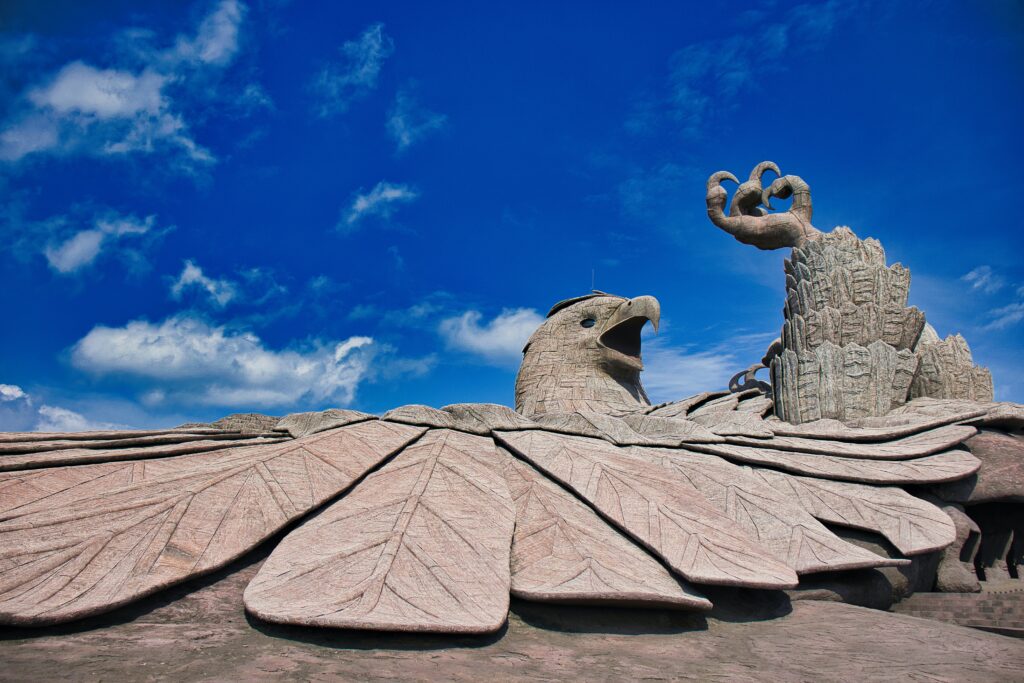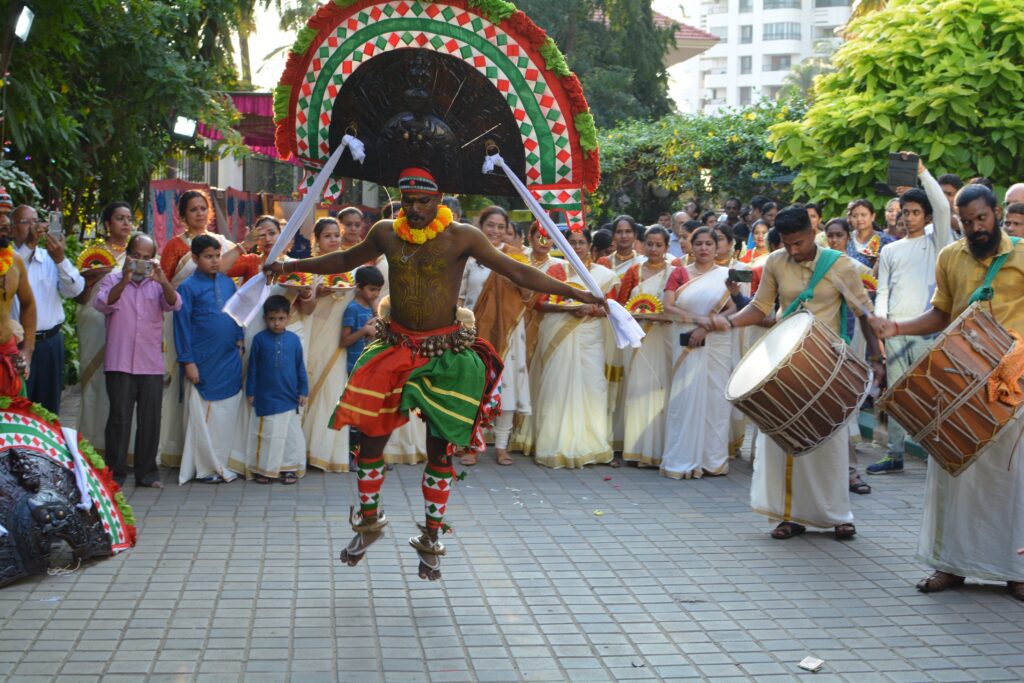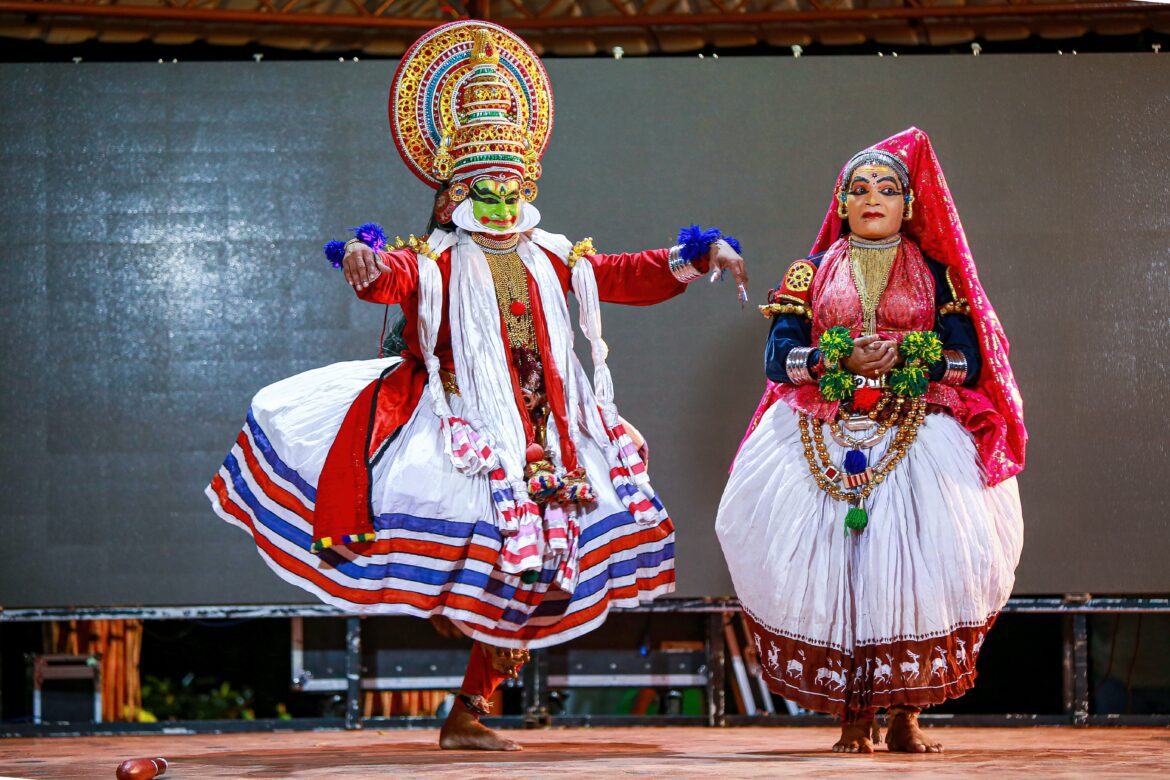The state of Kerala extends for 550 km along the southwest coast of India. It comprises a lush, humid coastal plain with rice paddies, lagoons, rivers, and canals and the heavily forested Western Ghats highlands inland. The highest rainfall in peninsular India nourishes its lush vegetation. Since the ancient Sumerians and Greeks sailed to the shore now known as the Malabar coast in search of spices, its highly tropical environment has charmed tourists. Also, captivating outsiders for thousands of years have been Kerala’s mysterious rituals and spectacular festivals, many of which have not changed much since the earliest period of Brahmanical Hinduism.

Best time to visit
Since the skies are clear and the humidity isn’t too intense, December to February are often regarded as the finest times to travel to Kerala, especially if you want to spend some time at the beach. The state’s first monsoon, which begins in June and lasts until August and is more potent than the “retreating” monsoon that occurs in October, is preceded by a period of increasing heat beginning in March. But for travelers on a budget, a word of caution. Kerala’s lodging is expensive (albeit usually of a high grade). In high season, cheap places to stay are hard to come by everywhere, but notably in the hill stations and backwater areas, where it’s known to pay upwards of 2000 for a room in a modest guesthouse. Discounts can be negotiated well in March, April, and May. These are also the finest months for hiking in the Western Ghats’ cooler climate.
The traditional snake boat races that take place during the monsoon are one of the celebrations that are celebrated during the summer.
Festivals in Kerala
Much money is spent on the numerous, diverse, and frequently all-night celebrations connected with Kerala’s temples. The sound of fireworks and some of the loudest (and most aggressive) drum orchestras in the world fill the air as processions of elephants in captivity move through the crowd. The most impressive festival is the well-known Puram festival in Thrissur, but fewer are happening around the state that everyone is free to attend. In northern Kerala, spending weeks traveling between village theyyems between December and March and participating in rites that have mostly stayed the same for generations is feasible. At Christmas, homes, and churches are decorated with paper lanterns and fairy lights. The snake boat races in June, August, and September are unique. Hindu holidays in Kerala have fixed dates determined by the Malayalam calendar, which changes yearly.

Kerala ritual theatre
One of Kerala’s countless old theatre rites, central to the local culture, is one of the most amazing experiences a visitor may have. The classical Sanskrit kudiyattam is one less well-known form that undoubtedly impacted the formation of Kathakali. Kathakali is the most prominent form.
Common traits can be seen in many Keralan forms. Each performer’s primary goal is to transform the ordinary into the realm of gods and devils. His preparation is highly ritualized and involves otherworldly attire and mask-like makeup. This preparation is an intricately structured aspect of the classical tradition in Kathakali and kudiyattam. The state is home to sporadic ceremonial acts of many kinds, which reach a fever pitch in April and May before pausing for the monsoon season (June–Aug).

